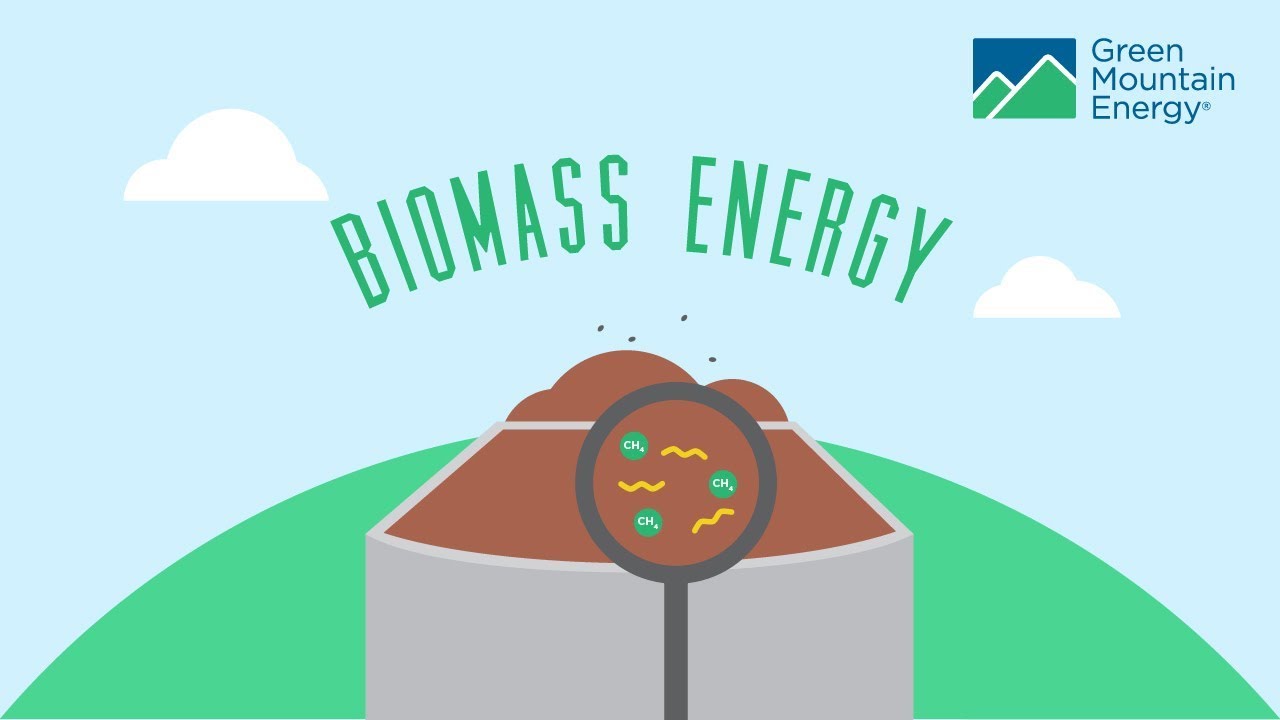
Biomass energy is a renewable energy source that has gained significant attention in recent years due to its potential to reduce greenhouse gas emissions and dependence on fossil fuels. In this comprehensive guide, we will explore the various aspects of biomass energy, from its origins to its current applications and future prospects.
The Basics of Biomass Energy
Biomass energy is derived from organic materials such as wood, crop residues, and animal waste. These materials are renewable and sustainable sources of energy because they can be replenished through natural processes. When these organic materials are burned or converted into biofuels, they release energy in the form of heat, electricity, or liquid fuels.
Types of Biomass Feedstocks
There are several types of biomass feedstocks that can be used to produce energy:
- Woody Biomass: This includes trees, branches, and wood chips.
- Agricultural Residues: Such as corn stover, rice husks, and wheat straw.
- Animal Waste: Manure and other byproducts from livestock farming.
- Municipal Solid Waste: Organic waste from households and businesses.
From Waste to Power: The Process of Biomass Energy Production
The process of converting biomass into energy involves several steps, including collection, preparation, conversion, and utilization. Here is an overview of the typical process:
1. Collection:
Biomass feedstocks are collected from various sources, such as forests, farms, and waste management facilities. It is essential to ensure that the feedstocks are sustainably sourced to minimize environmental impacts.
2. Preparation:
The collected biomass is then processed to remove impurities and increase its energy content. This may involve drying, shredding, and pelletizing the biomass to make it suitable for combustion or conversion into biofuels.
3. Conversion:
There are several methods for converting biomass into energy, including combustion, gasification, and anaerobic digestion. Combustion involves burning biomass to produce heat, while gasification converts biomass into a synthetic gas that can be used for electricity generation. Anaerobic digestion breaks down organic matter to produce biogas, a renewable fuel.
4. Utilization:
The energy produced from biomass can be used for heating, electricity generation, and transportation. Biomass power plants and biofuel refineries are examples of facilities that utilize biomass energy to produce clean and renewable energy.
Benefits of Biomass Energy
Biomass energy offers several benefits compared to traditional fossil fuels:
- Renewable: Biomass feedstocks can be replenished through natural processes.
- Carbon Neutral: The carbon dioxide emitted during biomass combustion is offset by the carbon dioxide absorbed by plants during growth.
- Waste Reduction: Biomass energy can help reduce the amount of organic waste that ends up in landfills.
- Energy Security: Using biomass energy reduces dependence on imported fossil fuels.
Challenges and Future Outlook
While biomass energy has many benefits, it also faces challenges such as high production costs, logistical issues, and competition with other renewable energy sources. However, ongoing research and development efforts are focused on improving the efficiency and sustainability of biomass energy production.
Looking ahead, biomass energy is expected to play a significant role in the transition to a low-carbon and sustainable energy future. By harnessing the power of organic materials, we can reduce our reliance on fossil fuels and mitigate the impacts of climate change.

